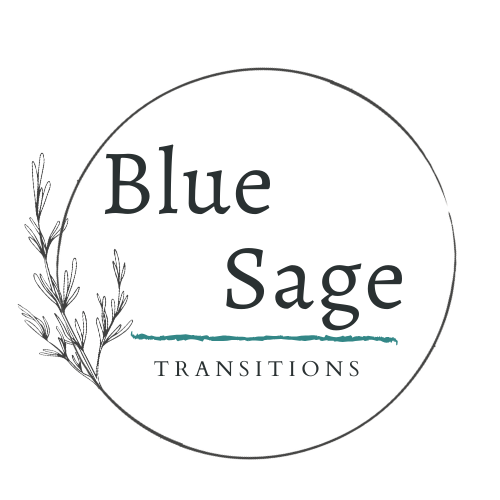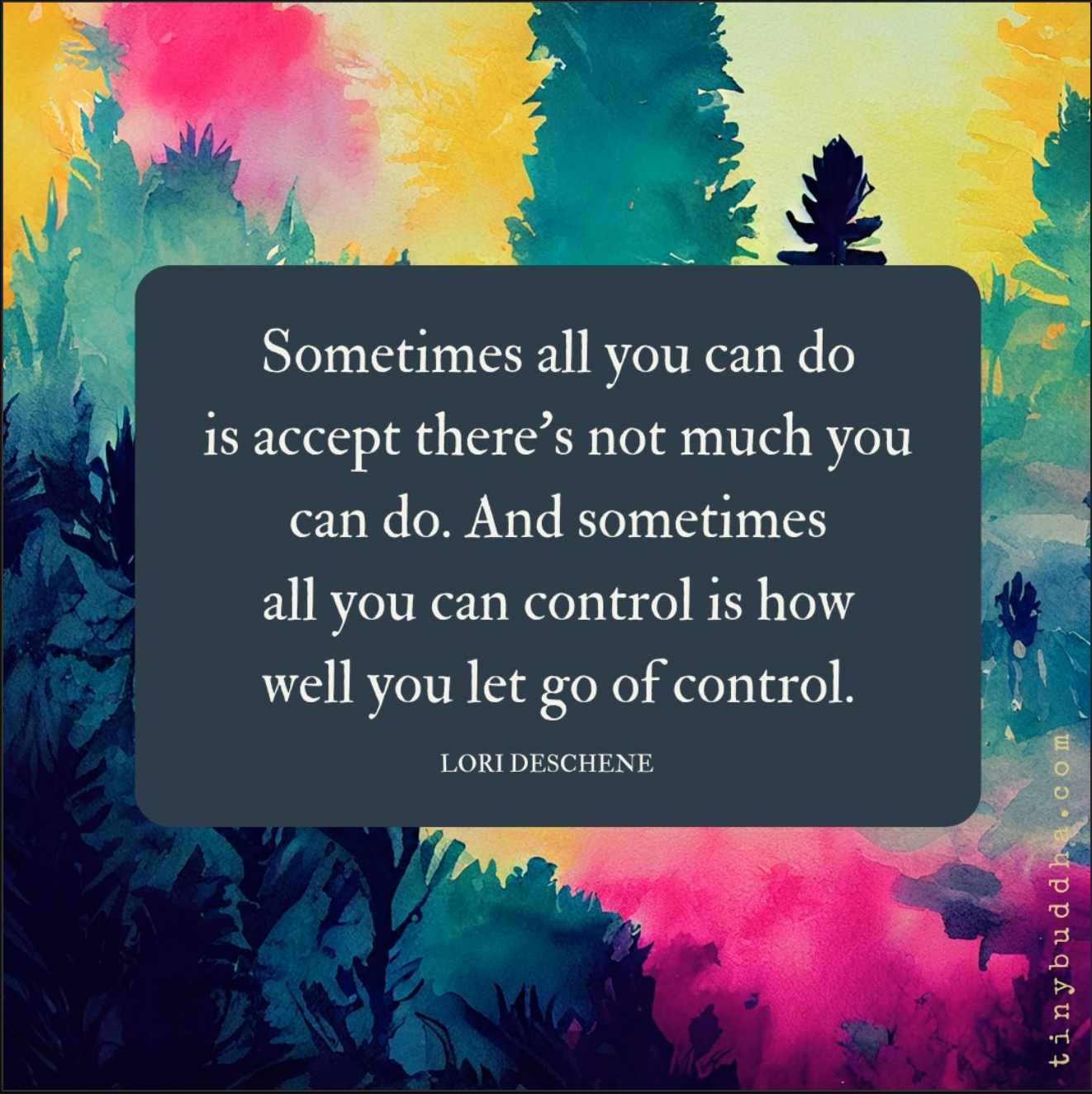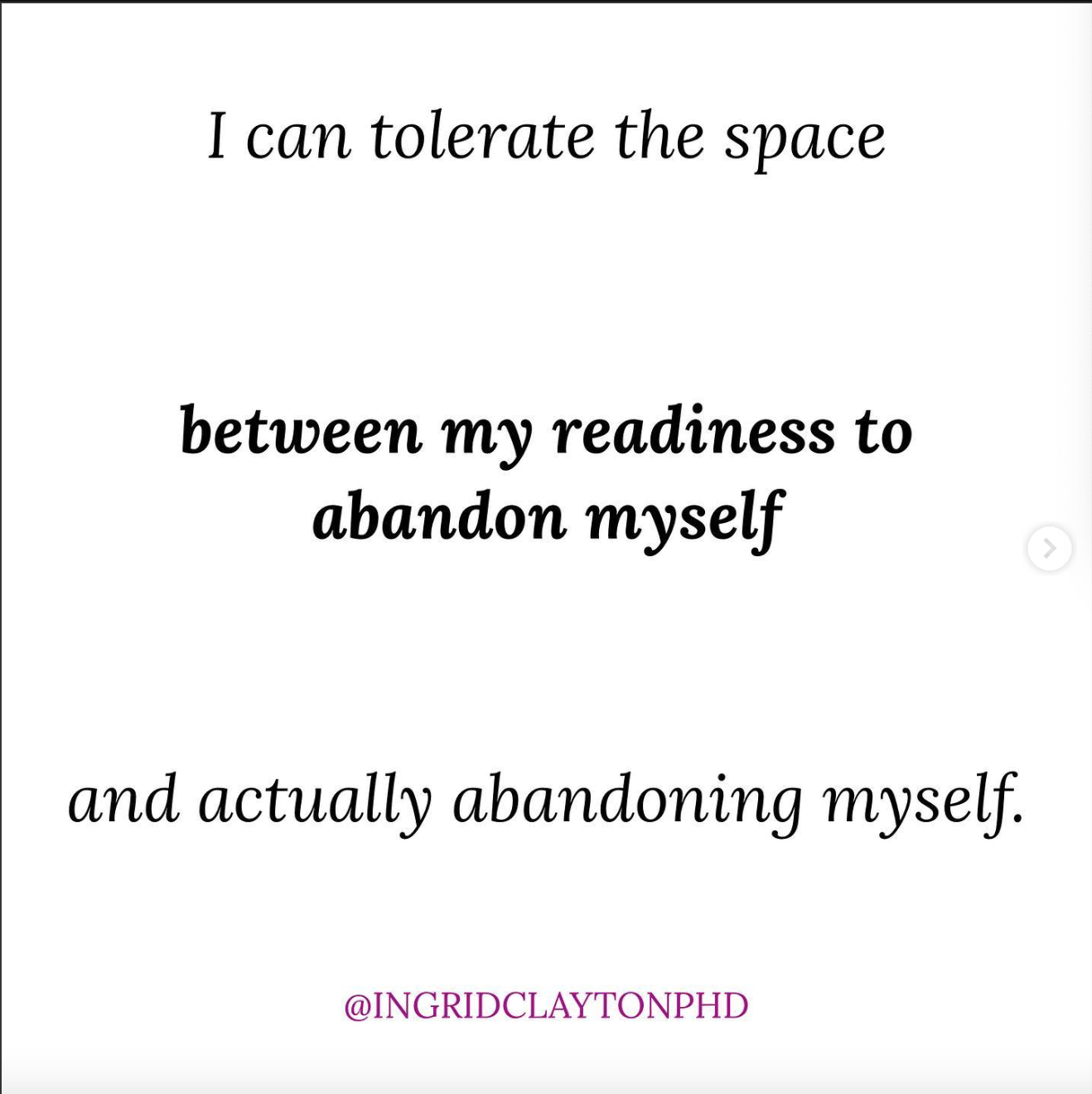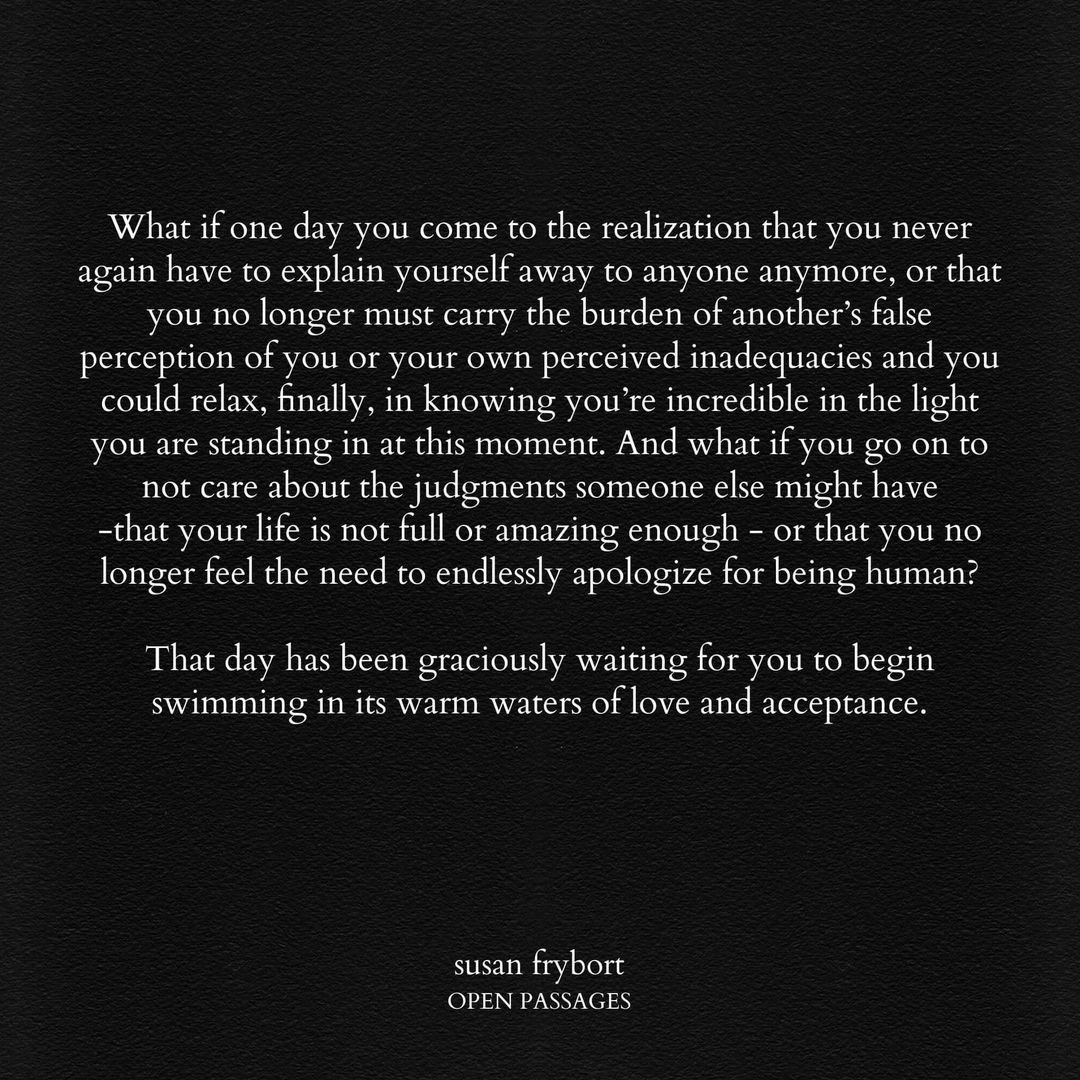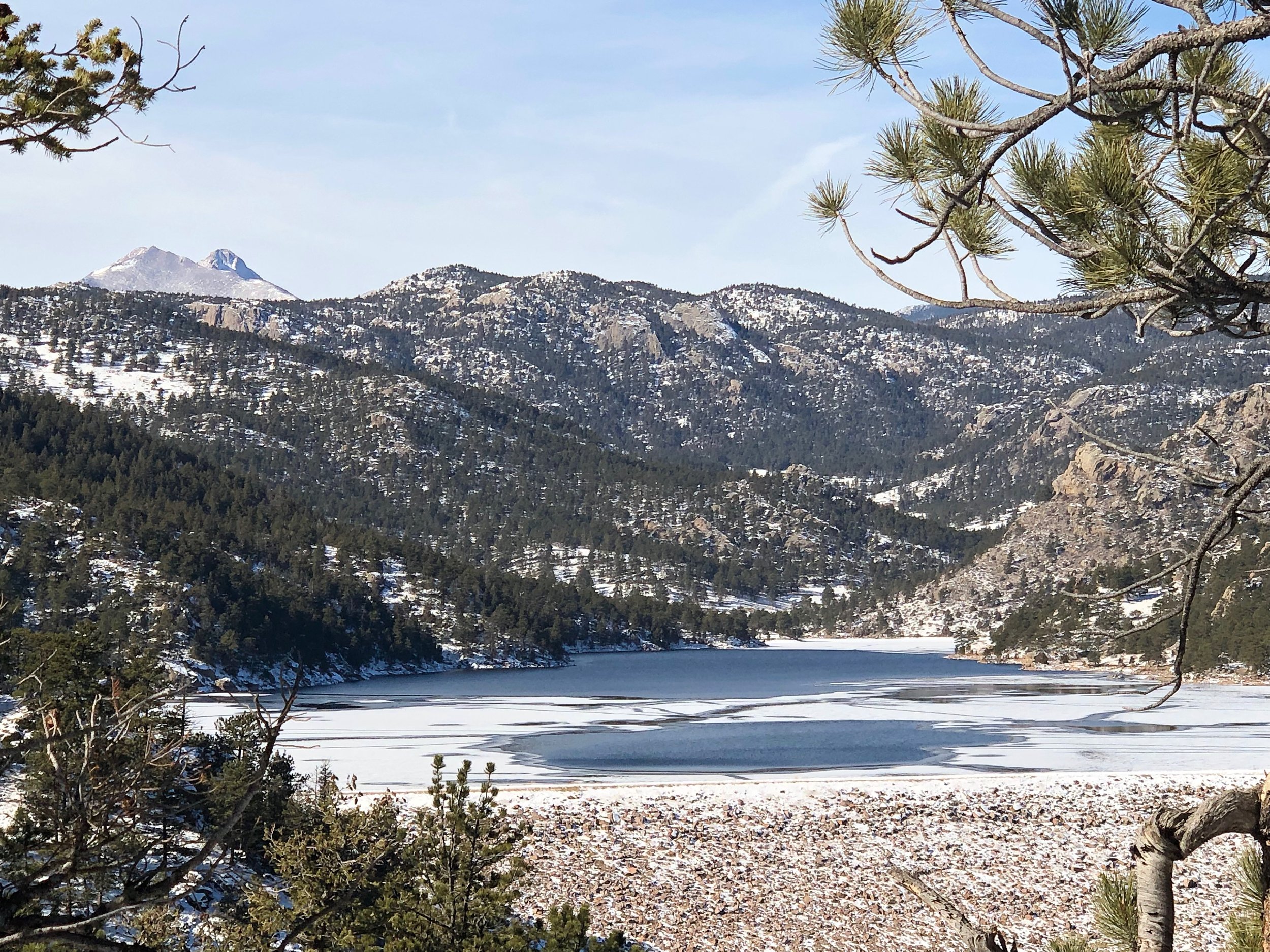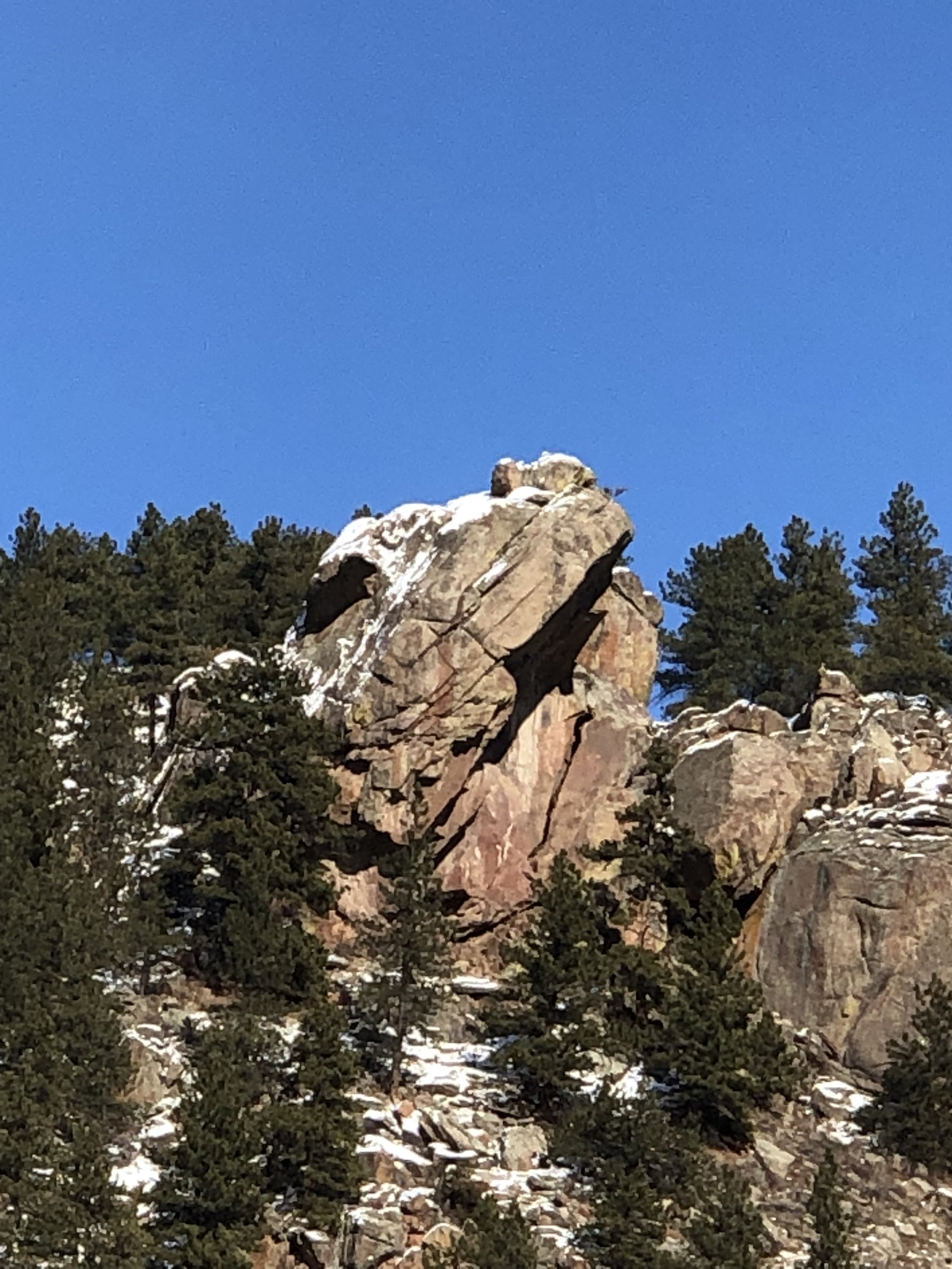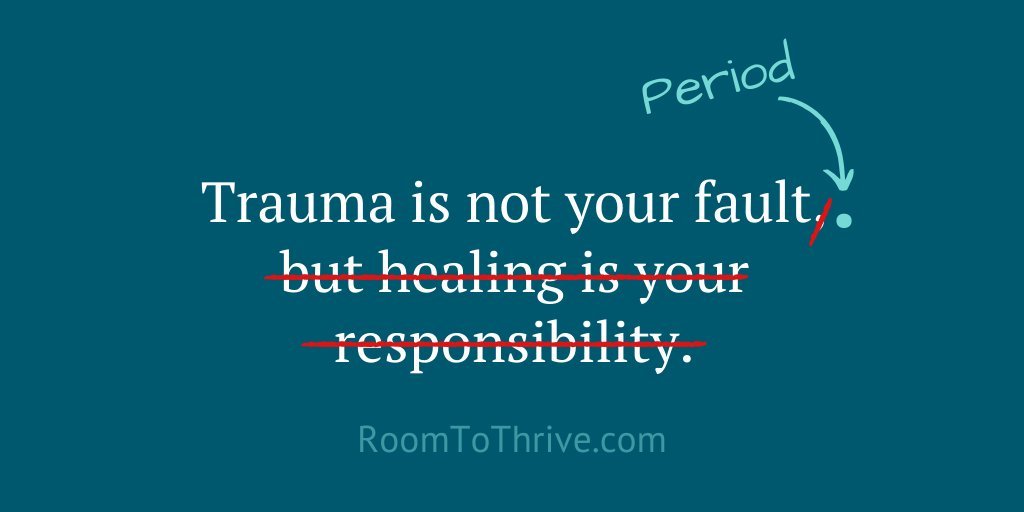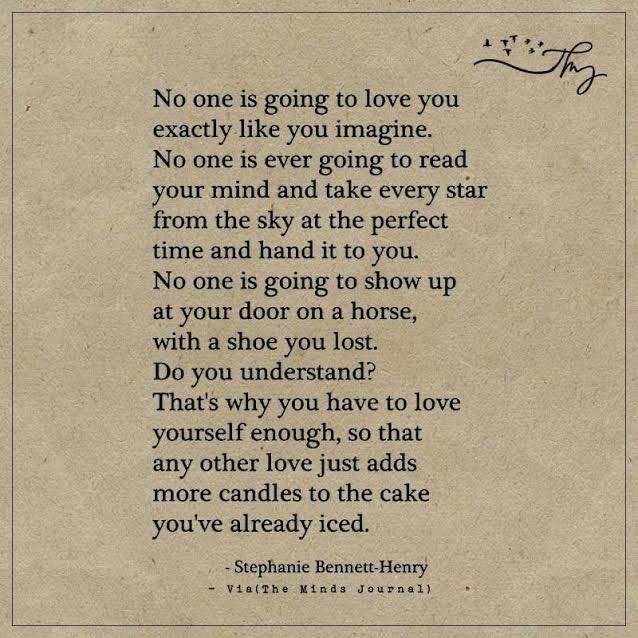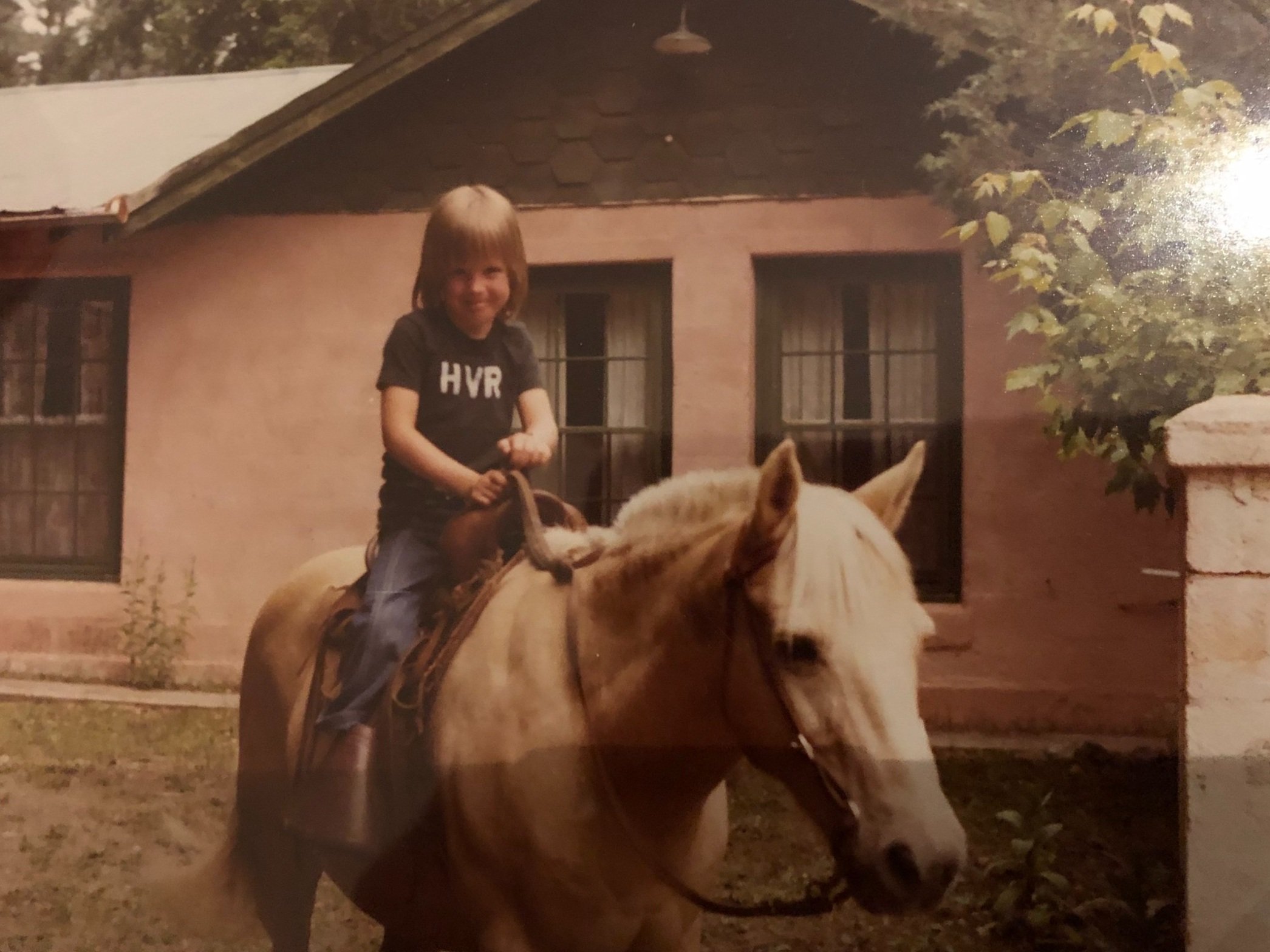When you have nervous system capacity, you can access that core part of you that exists beyond survival states. You can be furious and clear. Heartbroken and present. Terrified and courageous. You stop trying to regulate yourself out of your humanity. You start trusting that your body’s responses carry crucial information, not pathology.
What a fucking time. Having just turned 50, I find Glennon Doyle’s struggle with the slide into fascism while in the throes of perimenopause highly relatable. I also find Melani Sanders’ “We Do Not Care Club” posts to be a hilarious resource in this trying chapter of U.S. history.
As a parent and professional helper, I want to be intentional about how I talk about care. I am grateful to Bayo Akomolafe who highlights the egregious ways that care has been used for harm throughout U.S. history. He offers the particularly difficult example of Eunice Verdell Rivers Laurie’s role in the Tuskegee Study, asking us to critically examine ideas of care that place it in an entirely benevolent light rather than its truer, more complex one.
Describing the current, dominant U.S. culture as care-deficient seems like the understatement of the century. If nurturance is indeed a need and not a gratuitous desire, many institutions in this country are in serious denial of the human condition. So what happens when the human need for care crashes into an individualistic society that has prized acquisition, achievement, and aggression? In my experience, the individuals who sign up for and/or are assigned a caregiver role are expected to give nurturance, regardless of the costs to them and their immediate loved ones. Although women are increasingly not the only caregivers in our society, Jessica Calarco’s words ring a truth bell in my soul: “Other countries have social safety nets. The U.S. has women.”
On a policy level, I wholeheartededly believe in treating care as a universal human right rather than a privilege. On an interpersonal level, however, I want to support honoring the full humanity of everyone involved in a social interaction, whether they are officially in a helper role or not. One way to start troubling the status quo version of care is to consider if we are entering into relationships with people with an expectation that they serve us in rigid ways or, conversely, we serve them in a formulaic manner. I agree with Pavel Somov that expectations are “unwarranted entitlements, a demand that reality comply with your vision of how it should be.” He recommends downgrading expectations to preferences, which seems helpful to me in light of the fluid realities governing our lives, especially at this time when so much is in flux.
I’d also like to highlight that the three E’s of narcissism are entitlement, exploitation, and empathy impairment. Granted, narcissism exists on a spectrum and there is such a thing as healthy narcissism. Nonetheless, as Esther Perel recently reminded me, “deserving is the entitlement of the deprived.” I don’t think we’re talking directly and clearly enough about how we don’t heal our individual and collective wounds of deprivation by feeling entitled to care and then demanding it from those we encounter (with the exception of actual two- to five-year-old human beings whose rampant expression of the three E’s is developmentally appropriate). I continue to reflect on what our society would look like if women, in particular, embodied Rachel Cargle’s words, which I first heard via Liz Gilbert: “I cannot come up with a single name of anybody who is entitled to be in my life, no matter what their biological relationship is to me.” How many interpersonal relationships in this country—personal and professional—would end on the spot if this radical premise was practiced!?
When we adults demand care from others, we are treating them like objects for our use. I often suggest nonviolent communication to clients precisely because this method is grounded in identifying unmet needs and then making requests around getting those needs met. Obligation is not on the table. “I need you to…” is usually interrupted. Curiosity, on the other hand, is welcome, as is the identification of a relational need, like “I need my perception of reality to be believed in an interaction with somebody else if I am going to commit to a relationship with them.” The tone with which such a statement is made matters a lot, which is a significant reason I have become a fan of voice texts in this cell phone-centric era.
Part of the rub of being a compassionate mess—Kristin Neff’s description for an imperfect human who practices having an open heart—is that we often have conflicting internal experiences. Regardless of our fluctuating estrogen and progesterone levels, we may, for example, run into the emotional ambivalence of simultaneously wanting to offer genuine care to someone we love and also feeling enraged when they take that care for granted. Jolie’s quote above captures that “Yes, and…” beautifully and offers the additional gift of tying the capacity to feel multiple conflicting things at once to embodiment.
My sensorimotor psychotherapy training has taught me that while cognition and emotion are core organizers of our lived experience, so are movement, bodily sensations, and our five senses. I have found that the meaning I make of the world and myself transforms dramatically when I draw on the core organizer of cognition last rather than first (some trauma therapists call this a “bottom-up approach”). Unfortunately, the talking heads on various forms of media as well as many other sectors of U.S. society often rely solely on narratives. I appreciate Forrest Hanson’s characterization of “cognitive bypassing” as “when someone avoids uncomfortable feelings or difficult issues by over-relying on cognitive processes.” If we genuinely aspire to honor all parts of our lived experience, we not only want to learn how to attend to our body-based core organizers but also not to give the meaning we make supremacy over the other parts of our experience. As James-Olivia Chu Hillman asserts so clearly, “Here’s a little thing about relating: it’s messy and considerably slower than making up judgments and stories.”
I recently listened to Guo Gu emphasize progressive relaxation as preparation for being able to ground our bodies and engage in life skillfully. Doesn’t it make sense that if we want to relate to each other with kindness, curiosity, and clarity, being relaxed rather than braced at the start of that interaction would help immensely? “Yeah,” I hear the U.S. critics dismissively saying, “but what about efficiency, convenience, and getting shit done!?” When I look around at the immense inequality in this country, the cruel scapegoating of vulnerable populations, the environmental devastation of corporate greed and irresponsibility, and the chronic stress that is literally killing people, I would like to ask, “Might choosing other core values than productivity and efficiency be wise, particularly if we’re claiming to be virtuous?”
When I have studied the tension in my body, it is usually a response to something in my external environment. Granted, that pattern of tension has become habitual over time so that the external stressor is no longer necessary to trigger or sustain it. What I want to emphasize is that this bodily tension is not individual pathology. Instead, and as Jolie emphasizes in the opening quote, it is a holder of important information. As I learn to listen to that intelligence rather than reactively judge or doubt it, I’m discovering that this body has been carrying a whole lot of burdens that are not mine. Jolie names such loads the “feminine wound of hyper-responsibility” and concludes, “Ground in what you actually know, not what your nervous system is trying to make you believe. Notice the over-responsibility: Am I managing their perception at the cost of my own reality?”
To be more concrete about this grounding process, I offer a personal example. While I was brushing my teeth in the bathroom the other night, I made eye contact with my reflection in the mirror and realized the dark, bog-like shame I sensed was not mine. In that moment, I recognized that when shame originates in my body, I experience what at first glance appears to be symptoms of anxiety: shallow breathing, a constricted chest, and a knot in my stomach. I cannot tell you how many times I’ve gone through the RAIN mindfulness practice and discovered that what I initially identified as fear was laying atop a heap of shame. To trust my own reality rather than somebody else’s—a hard-won and more recently established habit—meant I could see that the shadowy, weighty shame came from another person’s experience and so could be released from mine.
That releasing, even when we realize we’re carrying somebody else’s shit, isn’t necessarily easy, especially given our longing for connection and the deeply ingrained social conditioning that we should carry the other person’s burdens. I want to give a special shout out to Ingrid Clayton here for her work on the fawning trauma response. She skillfully illuminates how fawning is not a conscious choice and also how we can unearth it as a conditioned response and transform it.
In this brief essay on a massive topic, I want to highlight the power of active imagination to change the parts of us that we believe are our personality rather than deeply ingrained responses to wounding and threat. One of my favorite parts of being a therapist is playfully co-identifying with clients imagined ways of creating space between what is ours and what is not and then seeing what happens next. When I was having a hard time hearing my own voice, for example, I imagined the loud and very critical individuals in my head going to New Zealand where they each had their own wing of a recovery center with their very own team of healers and helpers. The combination of significant geographical distance and not-me caregivers allowed me to breathe more deeply. In the stillness and silence that followed, my own insights about my situation emerged organically. I then had more space to be creative about how I wanted to respond to those insights.
Sometimes imagined allies play a role. At one point, Gandalf was an imagined protector of mine as his magic could keep me safe. With more space from external threats, I was able to soften my defenses and contact the vulnerability underneath. My unmet needs surfaced, and I could meet them and also ask for help from trustworthy sources. After listening to an interview with Dick Schwartz, the founder of the Internal Family Systems model, I also started playing with natural elements. Regarding, the swampy shame I mentioned above, I imagined a strong wind carrying it out and away from me so that I could experience the actual safety and peace of that moment, brushing my teeth as a 50 year old in my present-day bathroom. Once again, my own reality became clearer as did many options for relating to myself and others. One additional possibility for creating relational space is to use objects—a string or something much firmer—to physicalize a boundary that allows us to sense where we end and somebody else begins.
Many additional resources exist to help us unburden what is not ours to carry if imagination is not your thing and you would like a practical map. While researching this post, for instance, I found a list of questions that Rick Hanson designed to help us communicate authentically and skillfully. Here are three examples from that list:
Do you know in your bones that the other person is separate from you, differentiated, over there while you’re over here? That just because they’re upset doesn’t necessarily mean you’re implicated? That their feelings do not have to become your own?
Can you communicate for yourself, to speak your truth for its own sake, not to affect the other person or get a result from them? When you do this, you may have a little attention on trying to be skillful and civil, but mainly your awareness is within yourself and your sense of the other person recedes to the background.
Can you re-group and clarify things if the other person misunderstands you? Can you come back to your experience, your truth, if the other person denies or attacks your experience – or you?
Hazel
As I am getting more practiced at not carrying others’ loads, I am feeling lighter in my body, retrieving my silliness, and noticing what unburdened care actually feels like. The latter kind of care energizes rather than drains me and brings me closer to awe at being alive. A few days ago, I savored taking my daughter to and from her piano lesson because I had the privilege of witnessing her and her teacher collaborate on the song she had begun to write at home. I felt inspired by the spark of energy between them as well as their creativity. During the past 9 months of helping my 10-year-old dog to heal from two cranial cruciate ligament injuries, I also have repeatedly experienced the sweetness of giving her gentle daily massages and amusement at her very clear communication of what she doesn’t like.
Highlighting these forms of care doesn’t negate the exhaustion I often feel as a therapist and mother in this country or the help I need with both the raising of my daughter and the treatment of my dog’s injuries. To return to Akomolafe’s wisdom, I want to hold care in its full light—to discern the kinds of care that free us to create more beautiful worlds from the ones that need to be dismantled because they manifest the opposite of that liberation. “You gotta put down the duckie if you wanna play the saxophone,” Martha Beck and Rowan Mangan said, referencing Sesame Street and so much more.
Since the thumbnail for this post is a photo from my 50th birthday celebration, I leave you with the John O’Donohue poem I snuffled through aloud to loved ones that night about playing the saxophone:
On the day when
the weight deadens
on your shoulders
and you stumble,
may the clay dance
to balance you.
And when your eyes
freeze behind
the grey window
and the ghost of loss
gets into you,
may a flock of colours,
indigo, red, green
and azure blue,
come to awaken in you
a meadow of delight.
When the canvas frays
in the currach of thought
and a stain of ocean
blackens beneath you,
may there come across the waters
a path of yellow moonlight
to bring you safely home.
May the nourishment of the earth be yours,
may the clarity of light be yours,
may the fluency of the ocean be yours,
may the protection of the ancestors be yours.
And so may a slow
wind work these words
of love around you,
an invisible cloak
to mind your life.
